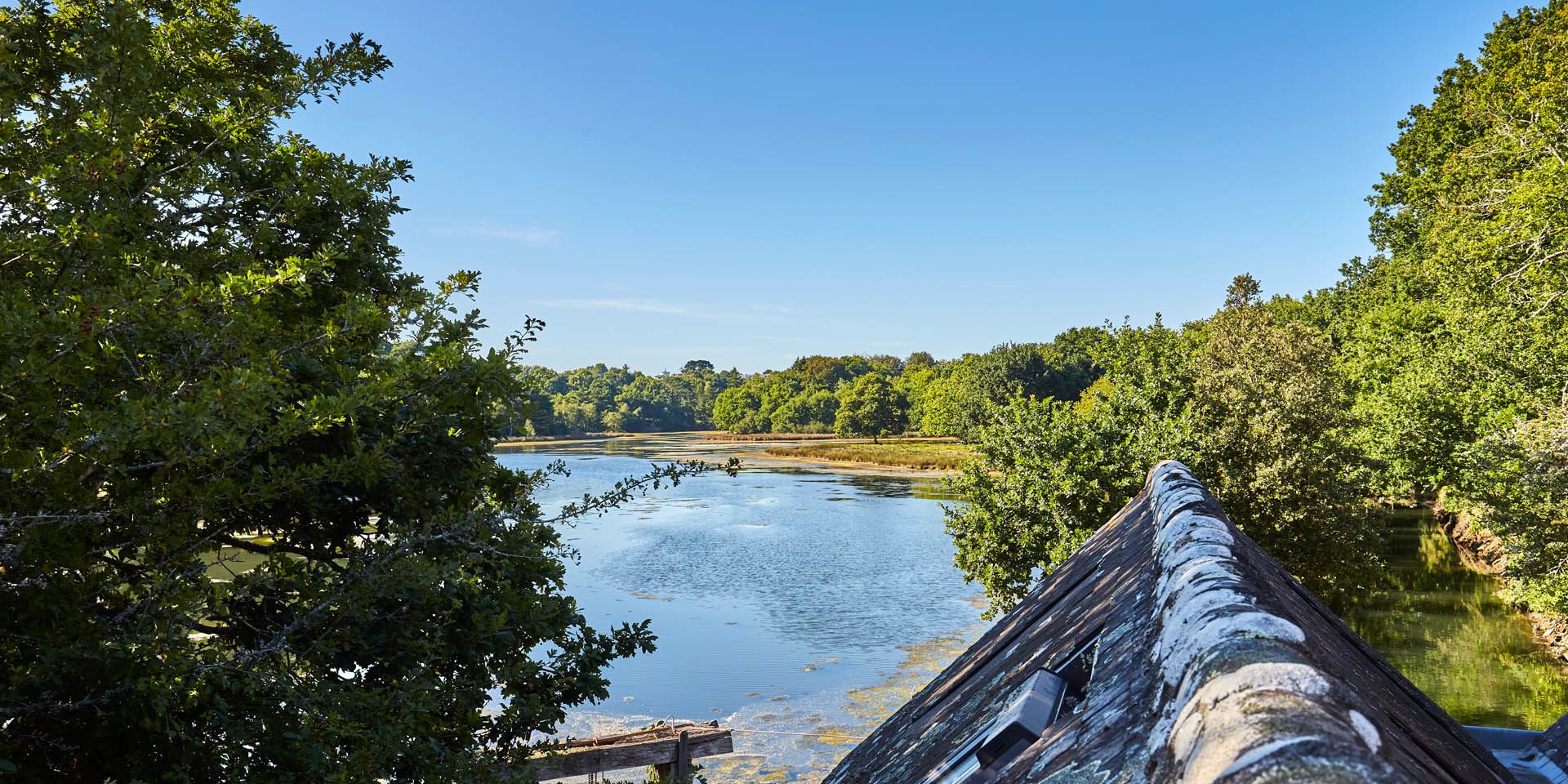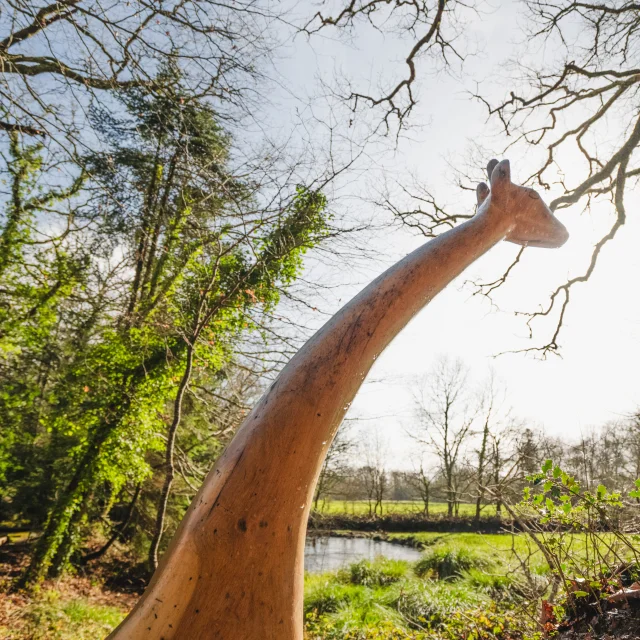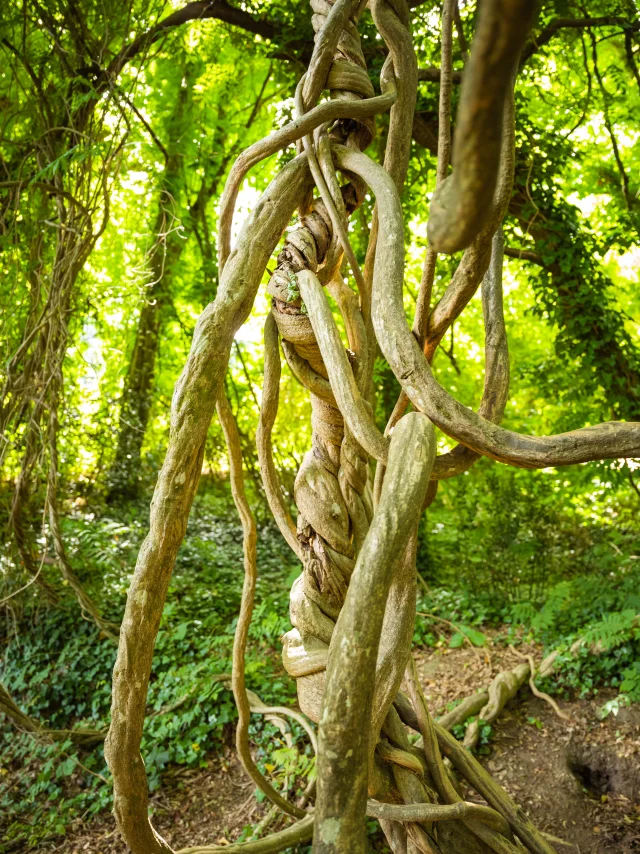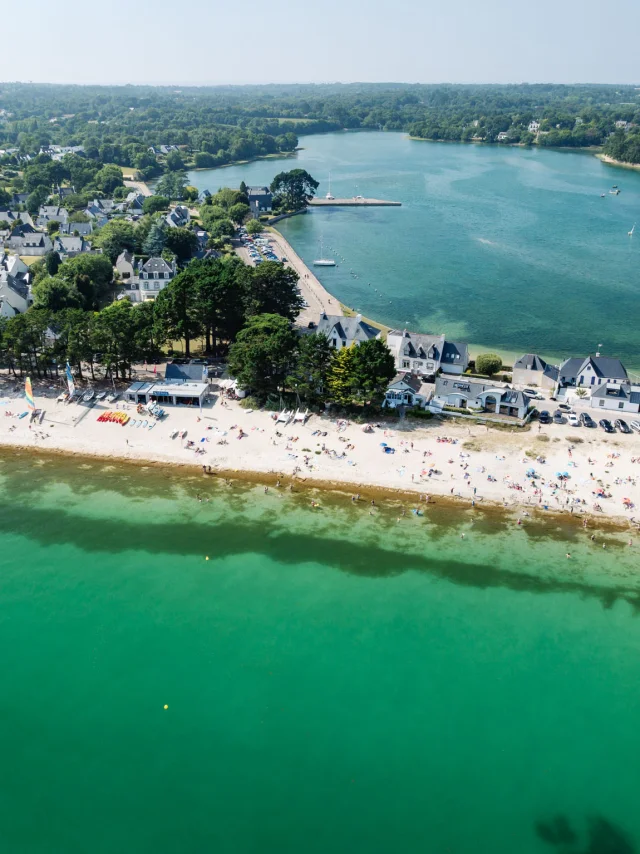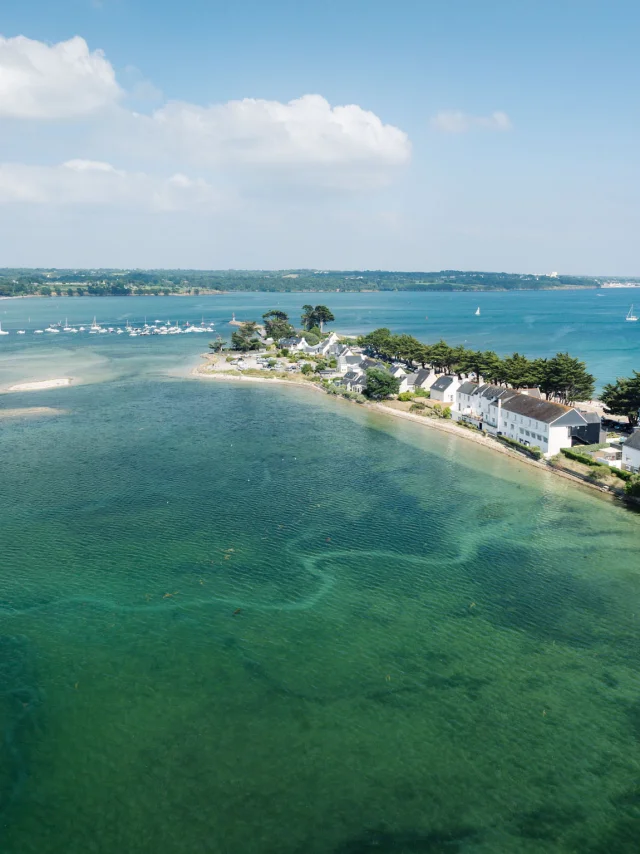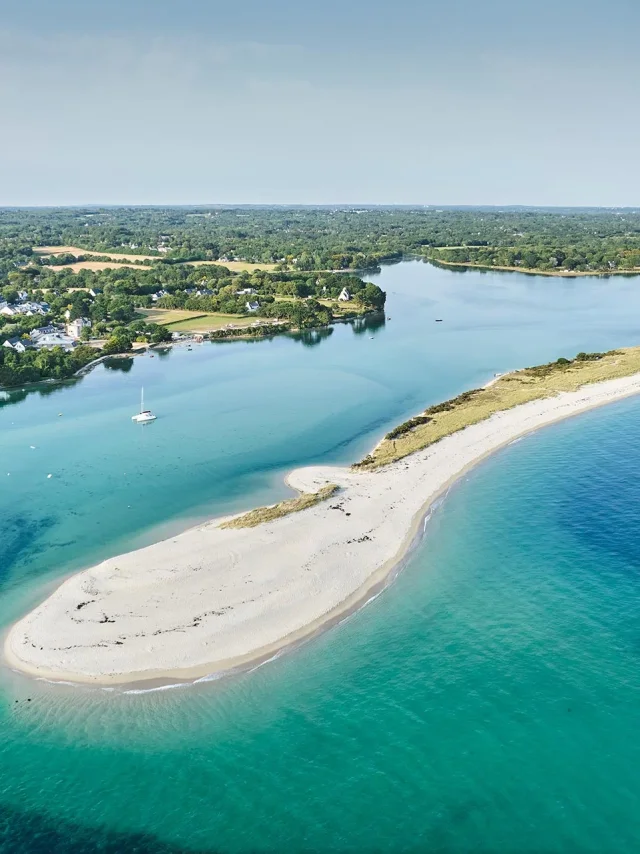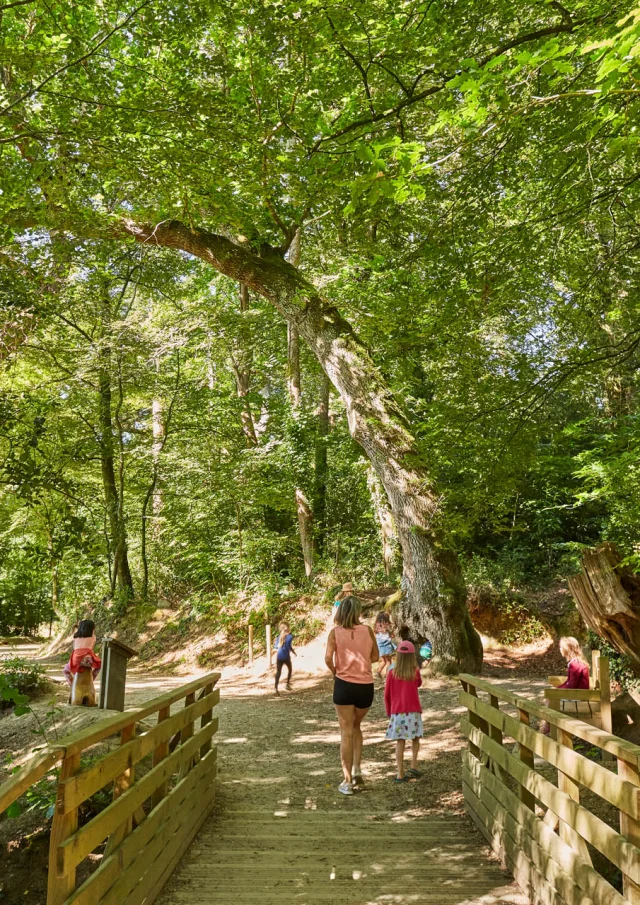 Penfoulic wood and cove
Penfoulic wood and cove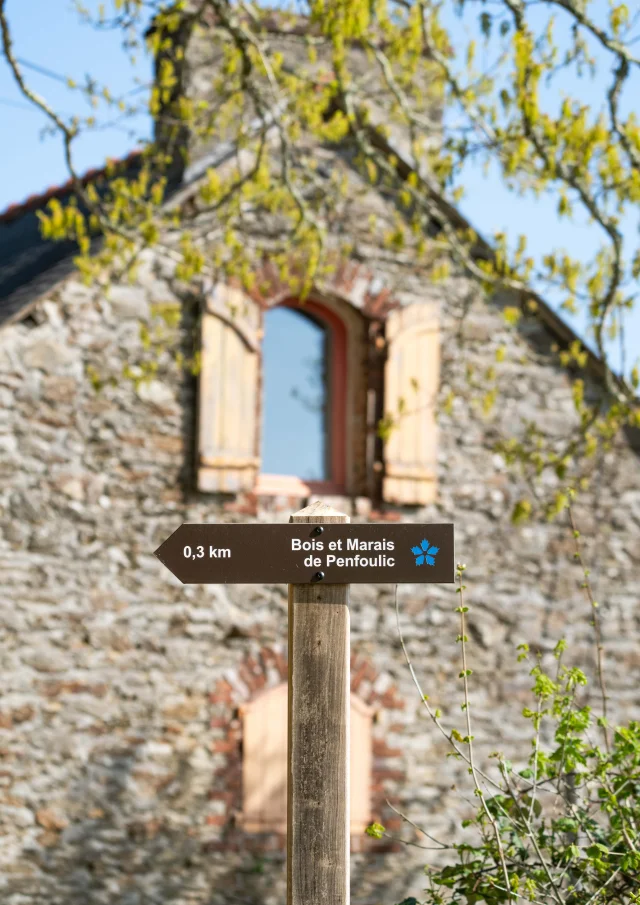 2025 0410 Bretagne Finistere Fouesnant Earth Dsc00062 Rle Min
2025 0410 Bretagne Finistere Fouesnant Earth Dsc00062 Rle Min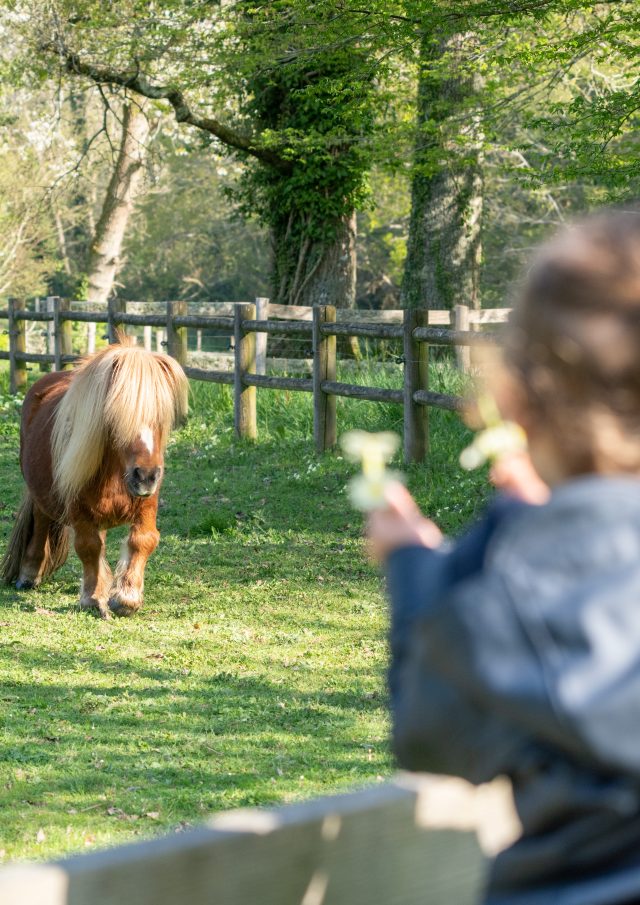 2025 0410 Bretagne Finistere Fouesnant Earth Dsc09963 Rle
2025 0410 Bretagne Finistere Fouesnant Earth Dsc09963 Rle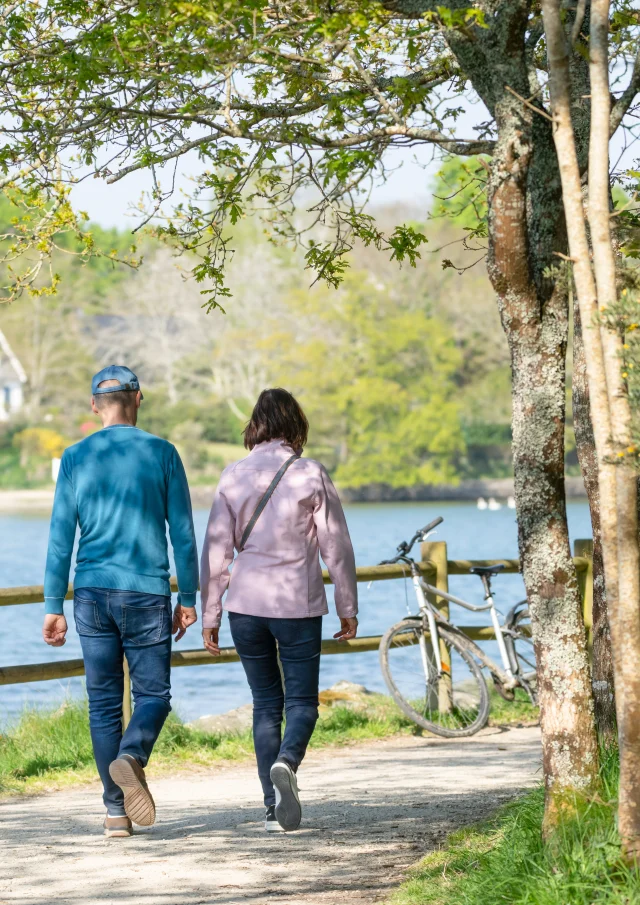 2025 0410 Bretagne Finistere Fouesnant Earth Dsc00416 Rle
2025 0410 Bretagne Finistere Fouesnant Earth Dsc00416 Rle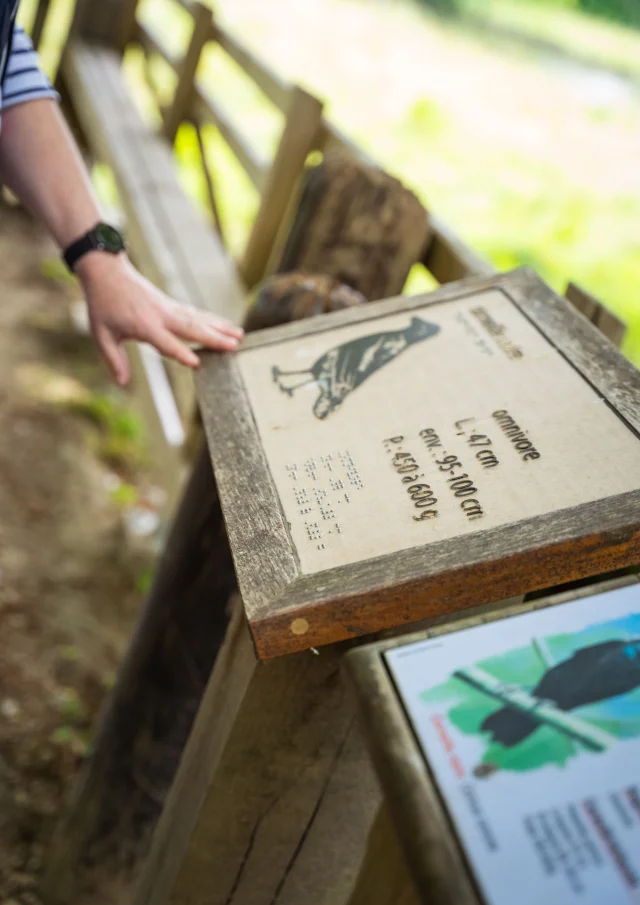 Anse De Penfoulicd.herbreteau 09247
Anse De Penfoulicd.herbreteau 09247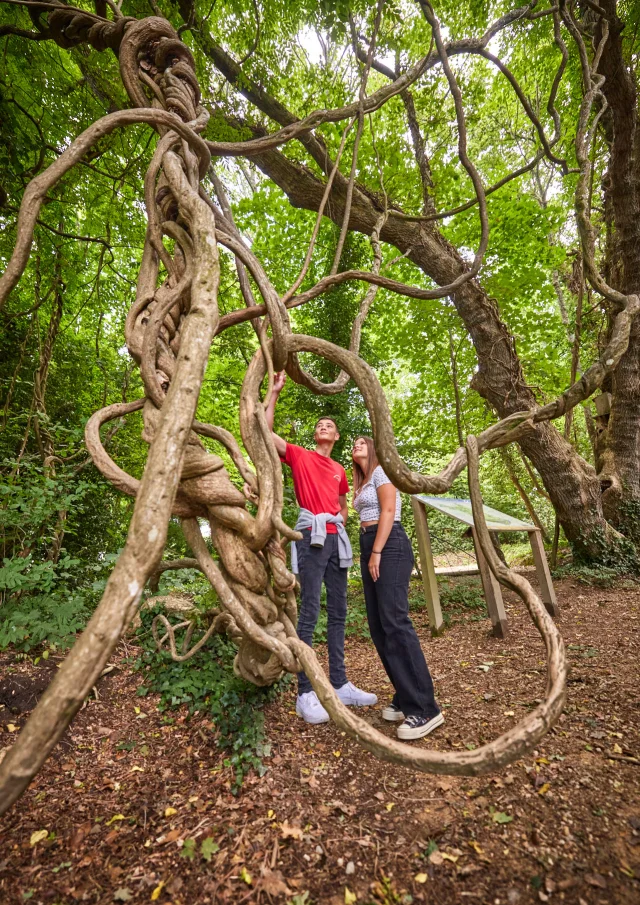 Flg22@lovers D6a0141
Flg22@lovers D6a0141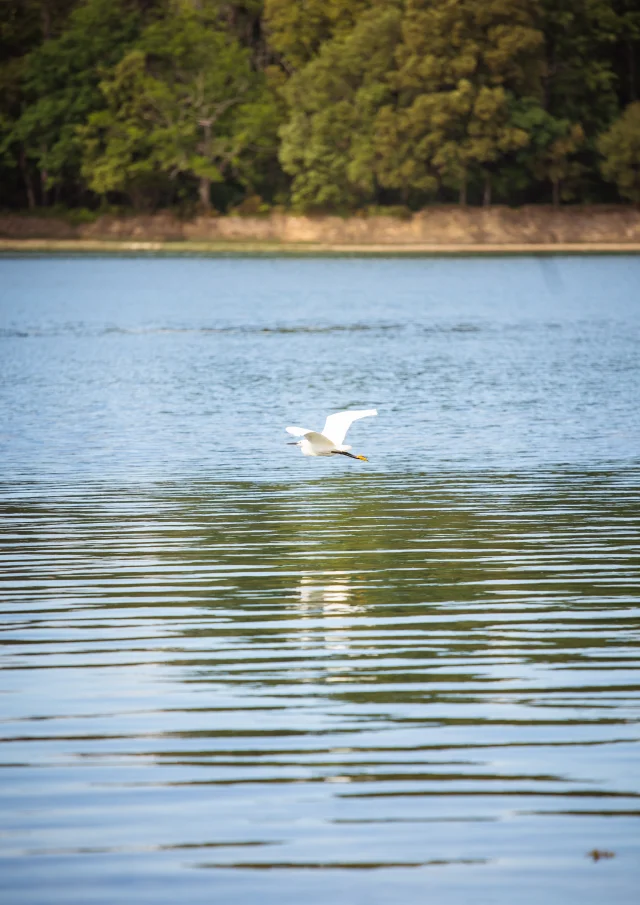 Anse De Penfoulicd.herbreteau 09312
Anse De Penfoulicd.herbreteau 09312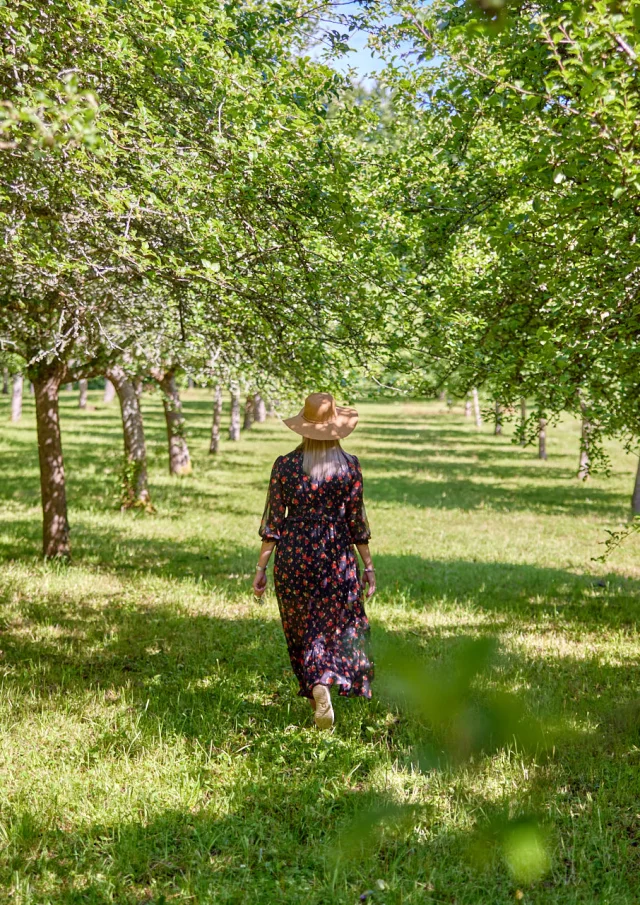 Flg22@lovers D6a9712
Flg22@lovers D6a9712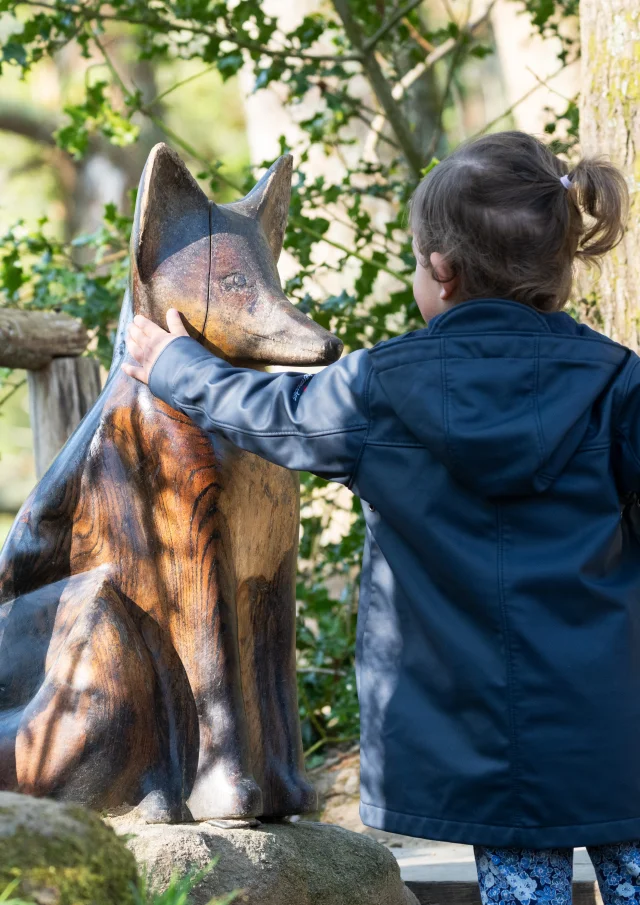 2025 0410 Bretagne Finistere Fouesnant Earth Dsc09905 Rle
2025 0410 Bretagne Finistere Fouesnant Earth Dsc09905 Rle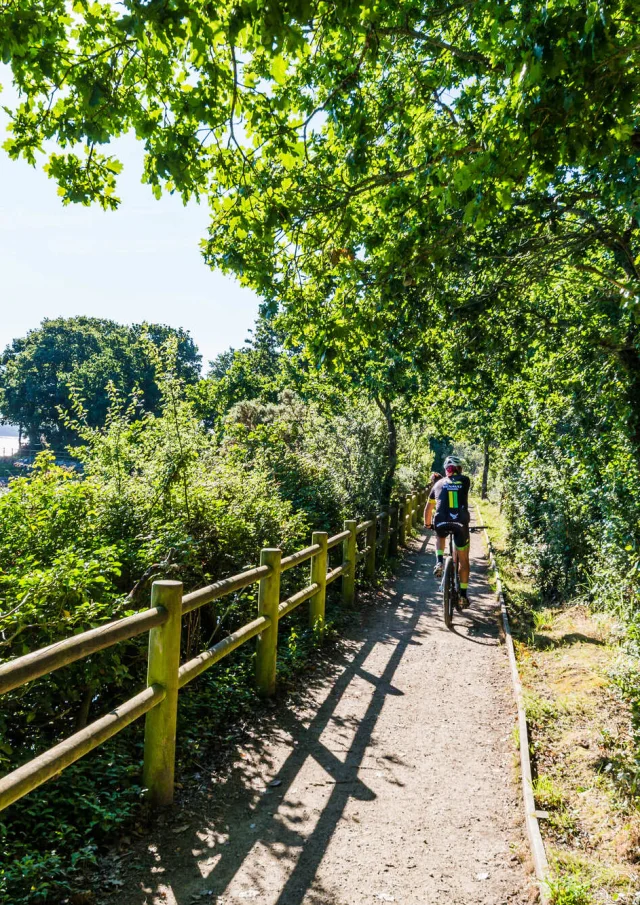 Fouesnant Loeil De Paco Riviera Bretonne 2018 15 1
Fouesnant Loeil De Paco Riviera Bretonne 2018 15 1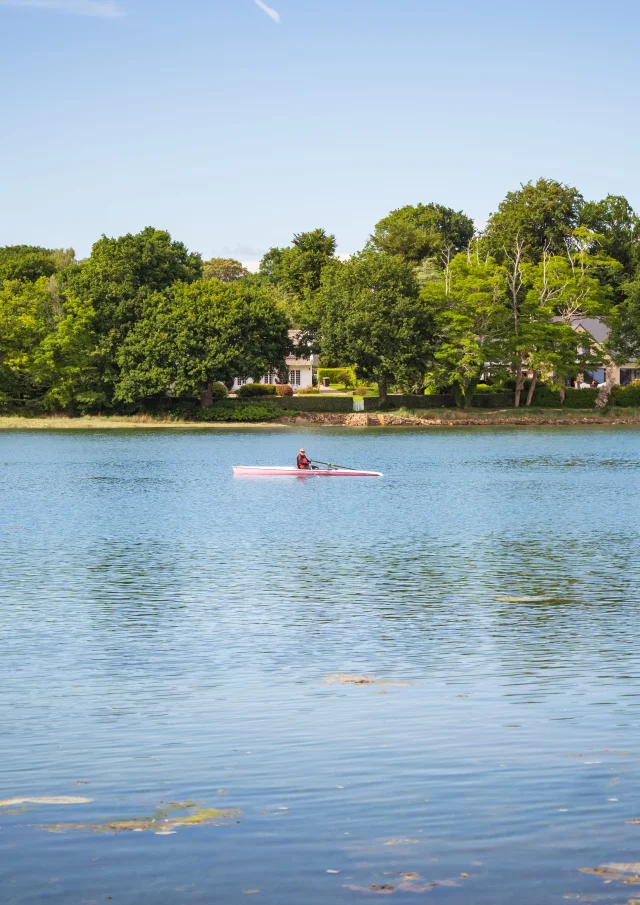 Anse De Penfoulicd.herbreteau 09264 Min
Anse De Penfoulicd.herbreteau 09264 Min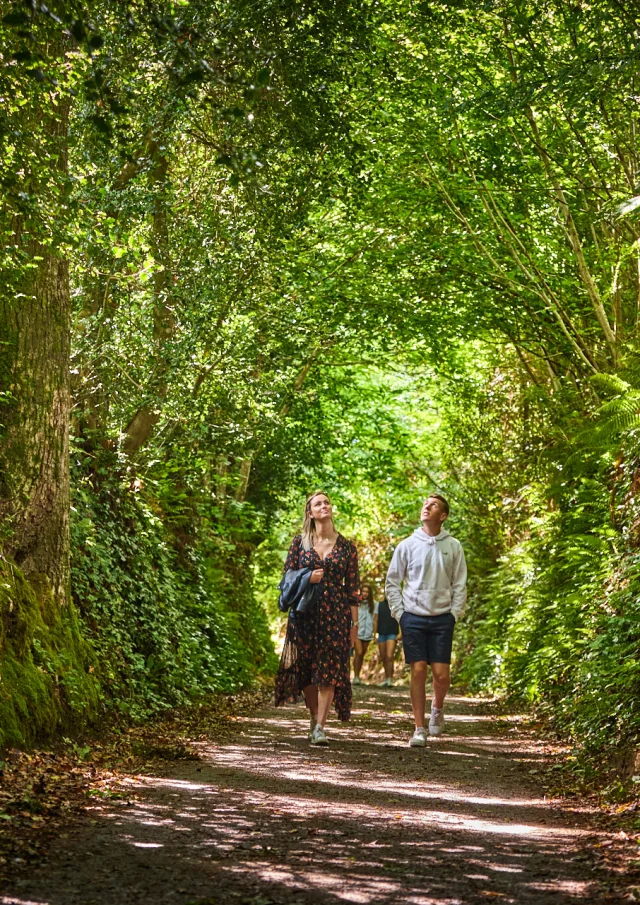 Flg22@lovers D6a9859
Flg22@lovers D6a9859